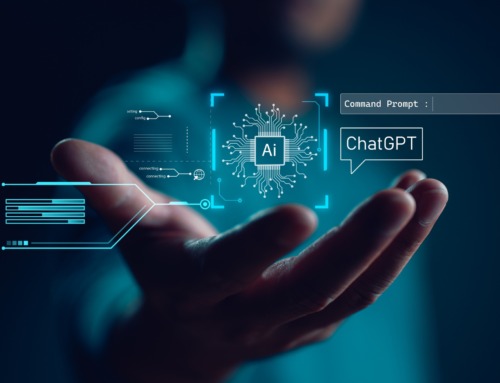Focus AI: Let’s talk about the energy, water, and data hunger of artificial intelligence
Other problems than the proposed AI-induced end of the world are closer: These systems have an enormous hunger for energy and data and an insatiable thirst for water.
Helmut Spudich
Okay, ChatGPT: We need to talk. No, not about your tendency to hallucinate when you don’t have an answer to even a simple question or about your snotty responses when users provoke you. For now, we can attribute that to your puberty, which your legal guardians will hopefully iron out soon.
No, we need to talk about three serious hurdles if AI is to grow into a responsible, mature technology that we can trust even on vital issues: It’s about the enormous energy requirements that will soon overshadow the current consumption of IT. It’s about the vast amounts of water needed to cool your data centers. And it’s about the enormous amounts of data necessary to train artificial intelligence, a resource that could be exhausted in just a few years.
An energy guzzler like Crypto
Let’s talk about the serious environmental issues associated with the use of AI. In the future, all technologies must be part of the solution and not of the problem in regard to climate change. We especially expect this from AI applications that could help us to create more precise climate models, as well as to optimize renewable energy production, set up smart grids, and reduce emissions from agriculture or industry.
The craziness of the crypto hype cast a harsh light on the severe side effects of new technology. A single Bitcoin transaction uses as much electricity as an average US household consumes in 50 days. According to a study by the US government, the production of Bitcoin & Co already consumes 0.9 percent of the world’s electricity, as much as all other data centers put together.
Calculations for the energy use of AI systems are still complicated due to the secrecy of the companies involved, says researcher Sasha Luccioni of Hugging Face, an open-source platform for “good machine learning” that is considered the good conscience of the AI industry. AI uses the same hardware as Crypto, only more intensively. CO2 emissions associated with training GPT-3 are estimated at 550 million tons, equivalent to 550 flights between New York and San Francisco. Training GPT-4 used 570 times as many parameters.
Technology analyst Gartner draws a dramatic picture of this development. By 2025, the energy requirements of all AI systems could exceed the energy requirements of all human workers. By 2030, AI training and data storage could be responsible for 3.5 percent of the world’s electricity consumption – three and a half times the current share of all the world’s data centers.
The immeasurable thirst of ChatGPT
Hand in hand with energy consumption, the need for water to cool the immense data centres required for AI is increasing. The incredible amount of 3.5 million litres of water was said to have been needed just to cool the servers of GPT-3 during training. Less efficient Chinese data centres are estimated to need 5 million liters to do the same task.
To answer just 20 questions, ChatGPT needs half a liter of water for cooling –– meanwhile, questions are already answered by the more complex and energy-intensive GPT-4. The overall effects of this kind of thirst are huge. Google answers 6.3 million queries every minute; in the future, AI will answer a significant proportion of these questions.
Running out of data fast
Hunger for energy and thirst for water pertain to the technical side, while the inexhaustible appetite for data represents the content limitations of AI growth. So far, AI developers have acted just as boldly as previous “disruptors”: Take first, ask questions later. The training material was siphoned off the Internet, regardless of whether it was copyrighted or the creators were willing to be degraded to raw material for AI systems. A series of copyright lawsuits will clarify this behavior’s (un)lawfulness and may yet turn out costly for the AI operators.
This seemingly free source of raw materials has now largely dried up. Valuable stuff is now well protected from AI crawlers behind the firewalls of their owners. And these want to be paid good money for the use of their data, as demonstrated by OpenAI’s licensing agreements with the Associated Press news agency and the Shutterstock image database. Google is said to be negotiating with Universal Music to use the voices of famous artists for its singing AI tool. Large amounts of data that AI could use to acquire specialized knowledge are stored on the servers of many companies, from health data from hospital operators and scientific publications to mundane transcripts of call center calls.
Data is a limited resource in any case: some experts say it could have been thoroughly exhausted by the AI industry as early as 2026. This may be the real reason why Elon Musk bought Twitter, and went from warning loudly of an imminent AI Armageddon to founding yet another AI company. X could be the unknown in an equation whose full repercussions we don’t even know yet, not just for Twitter but also for the future of AI.
分享文章:




